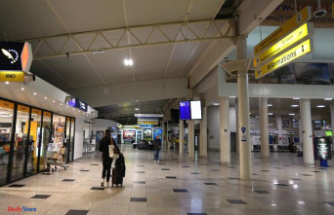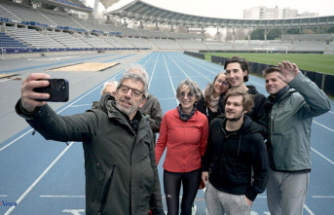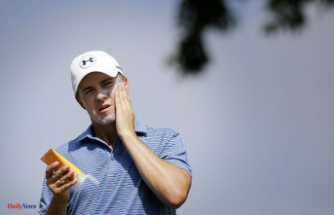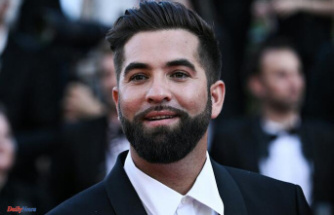The museum presents a sample conceptual in its creation, 21 years ago, serves to understand the cultural transformation of the city and how technologies will influence your future
When it opened the Guggenheim Museum in Bilbao, back in 1997, even the best forecasts could have foreseen the cultural earthquake that has meaning to the art gallery for the city. The which by then was the capital of the north in terms of industrialization has been finished transforming, by initiatives such as the festival BBK Live and the influence of the building designed by Frank Gehry, in the epicenter of artistic not only because of the Peninsula, but throughout Europe. The conversion was the central axis of the various activities that marked the twentieth anniversary of the museum, a year ago, but the retrospective nature of the study was vitiated air a cheeky and refreshing with the one that started it all.
in order To rectify that mistake, and with a project that was born from the own anniversary, the Guggenheim now offers Architecture Effects, a risky concept exhibition that seeks to establish a dialogue between art and architecture looking like and trying to find the point at which, fades, to give rise to disciplines more avant-garde. Manuel Cirauqui, curator of the exhibition, explains: "There is an analysis of the Bilbao effect which has resulted in the museum, but it's more of enter of full in the first year of the future and marking our vocation to be part of the digital revolution".
So, the visitors who come to the edge of the Nervión will be able to download a free app and was created ex-profeso for the exhibition. That way, in addition to using the regular audio guide, the technology will allow users to interact with some of the facilities of the sample and to know the curiosities of the author or of the creative process of the work.
Divided into three spaces, the curatorial work of Cirauqui and Troy Conrad, a professor of architecture at Columbia University, is understood as a large space ship that also works as a time machine. In the first space, which goes by the name Airlock ("Hatch") the icons of popular culture western 1997 welcome us. The Schwarzenegger of Terminator 2 is facing to the genetic code of Dolly the sheep under the watchful eye of the first edition of Harry Potter and the philosopher's stone or the Zeros and ones of Sadie Plant, book fundamental of the current wave of feminism.
in addition to these references, an invitation, the gala of the Pritzker architecture Prize in 1997, held in the own Guggenheim. The idea, according to commissioner Conrad, is "to make the transition from the legacy to the new to see what were revolutionary ideas such as genetic engineering or artificial intelligence". Not in vain, in the year that defines the sample Google registered its web domain and saw the light of a small movie rental company called Netflix.
According to the criteria of
Learn more Date Of Update: 17 December 2018, 20:01











